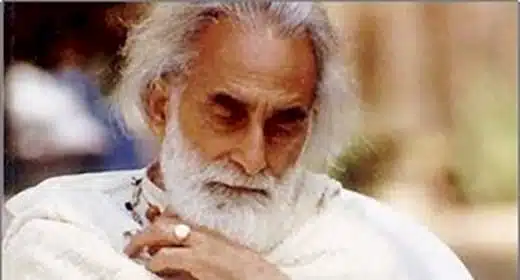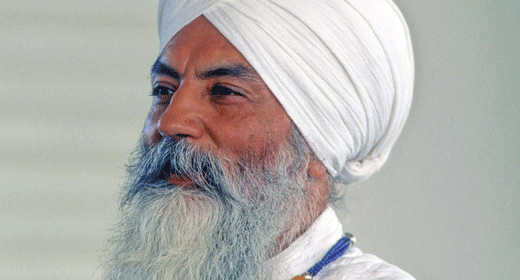Cannon Breath cleanses and strengthens the parasympathetic nerves, and adjusts the digestion…
Cannon Breath is Breath of Fire done through the mouth. Often Yogi Bhajan would call for a powerful Cannon Breath exhale to end an exercise.
The mouth forms a firm “o” shape. (Mouth should not be too puckered, nor should the lips be limp.)
The pressure of the breath is in the cheeks and over the tongue, though there should be no bulging of the cheeks.
Segmented Breaths
With segmented breathing, we divide the inhalation and exhalation into several equal parts, with a slight suspension of the breath separating each part, and with a distinct beginning and end point to each segment. This stimulates the central brain and the glandular system in different ways.
Instead of inhaling in one smooth motion, we break the breath up into segmented “sniffs.” Try not to collapse or squeeze the nostrils in on the sniff, or pull the breath too deeply into the lungs. The goal is for the breath to strike a relaxed, yet focused area in the nasal passage to stimulate a particular set of nerves. Keep the nostrils relaxed and direct the attention to the feel of the breath further along the air passages and to the motion of the diaphragm.
4 parts in : I part out healing: energizing, uplifting
4 parts in : 4 parts out: clarity, alertness, triggering glands
8 parts in : 8 parts out: calming, centering
8 parts in : 4 parts out: focusing, energizing
4 parts in : 8 parts out: calming, unblocking, letting go
The ratios used in Kundalini Yoga are clearly defined and create stable, predictable, final states of mind and energy. It is best not to experiment since not all ratios are balanced or sustainable. More is not better. So a 25:1 or a lucky 7:11 will not be useful!
Lion Breath
Lion Breath is a powerful breath in the upper chest and throat. It cleanses out toxins, and is good for the throat chakra, and the thyroid.
Extend the tongue out to touch the chin.
Breathe powerfully, forcing the breath over the root of the tongue, without any rasping.
Whistle Breath (Beak Breath) Whistle Breath changes the circulation. The nerves in the tongue activate the higher glands such as the thyroid and parathyroid, and the lung capacity is increased.
Pucker the mouth.
Concentrate at the Third Eye Point.
Inhale, making a high-pitched whistle.
Exhale through the nose. Variation: Inhale through the nose and exhale with a whistle through the lips. Listen to the high-pitched sound as you breathe.
Sitali Pranayam
Sitali Pranayam is known to have a powerful cooling, relaxing effect on the body, while maintaining alertness. It is known to lower fevers, and aid digestion.
Curl the tongue into a ‘U” shape.
Inhale through the curled tongue.
Exhale through the nose.
This breath is also used with Breath of Fire and with Segmented Breaths in some kriyas. You may notice the tongue tasting bitter at first. This is a sign of detoxification and will pass.
Variation:
Inhale and exhale through the curled tongue.
Sitkari Pranayam
Sitkari breath is used for cleansing, and boosting glandular function. It is done by inhaling through the teeth, exhaling through nose.
Vatskar Pranayam
With the Vatskar breath we sip in the air. We do not take air down as if into the stomach. Just bring it into the lungs.
Example: Sipping the air, inhale 8 or more times, then exhale slowly through nose.









































